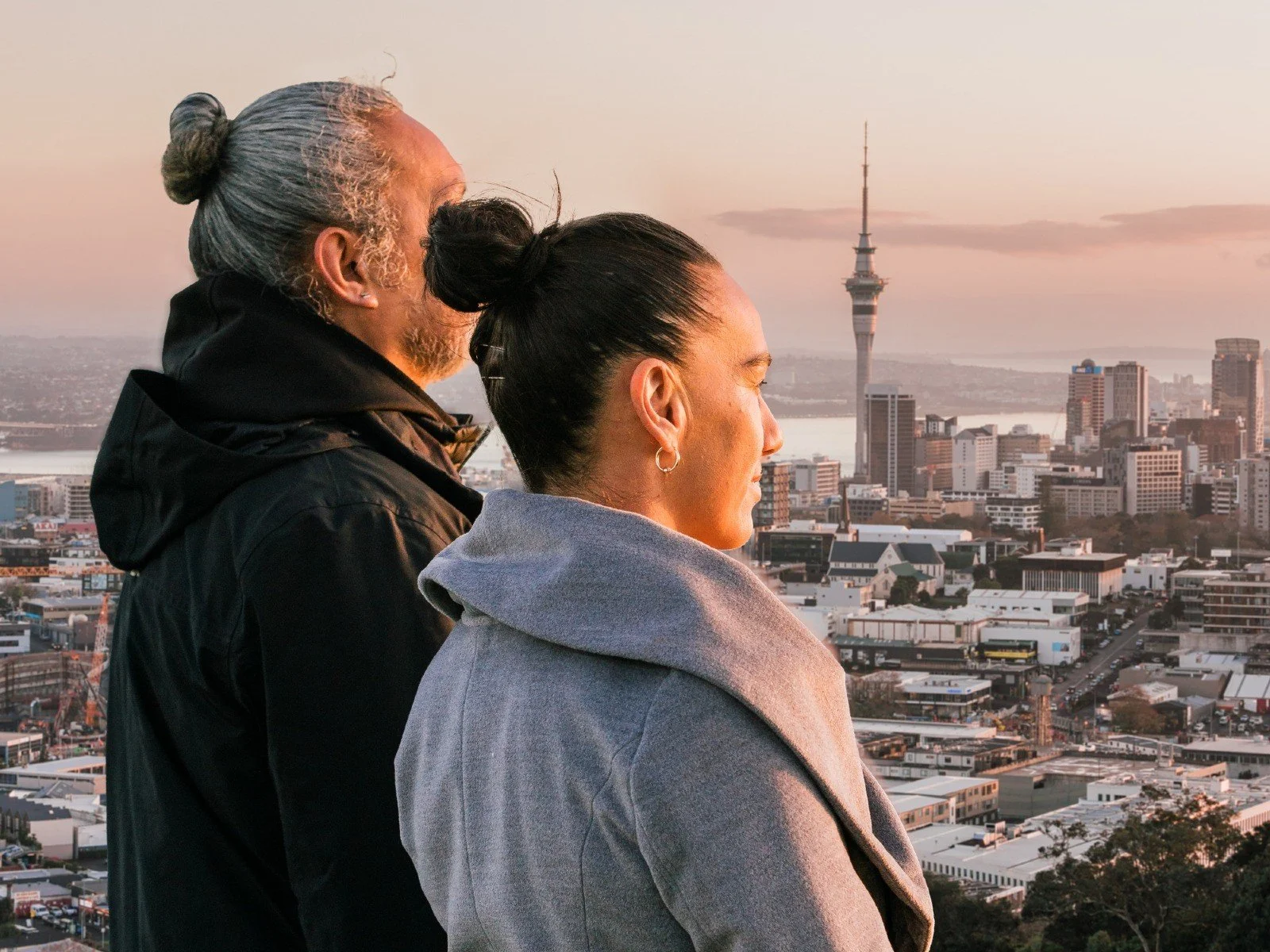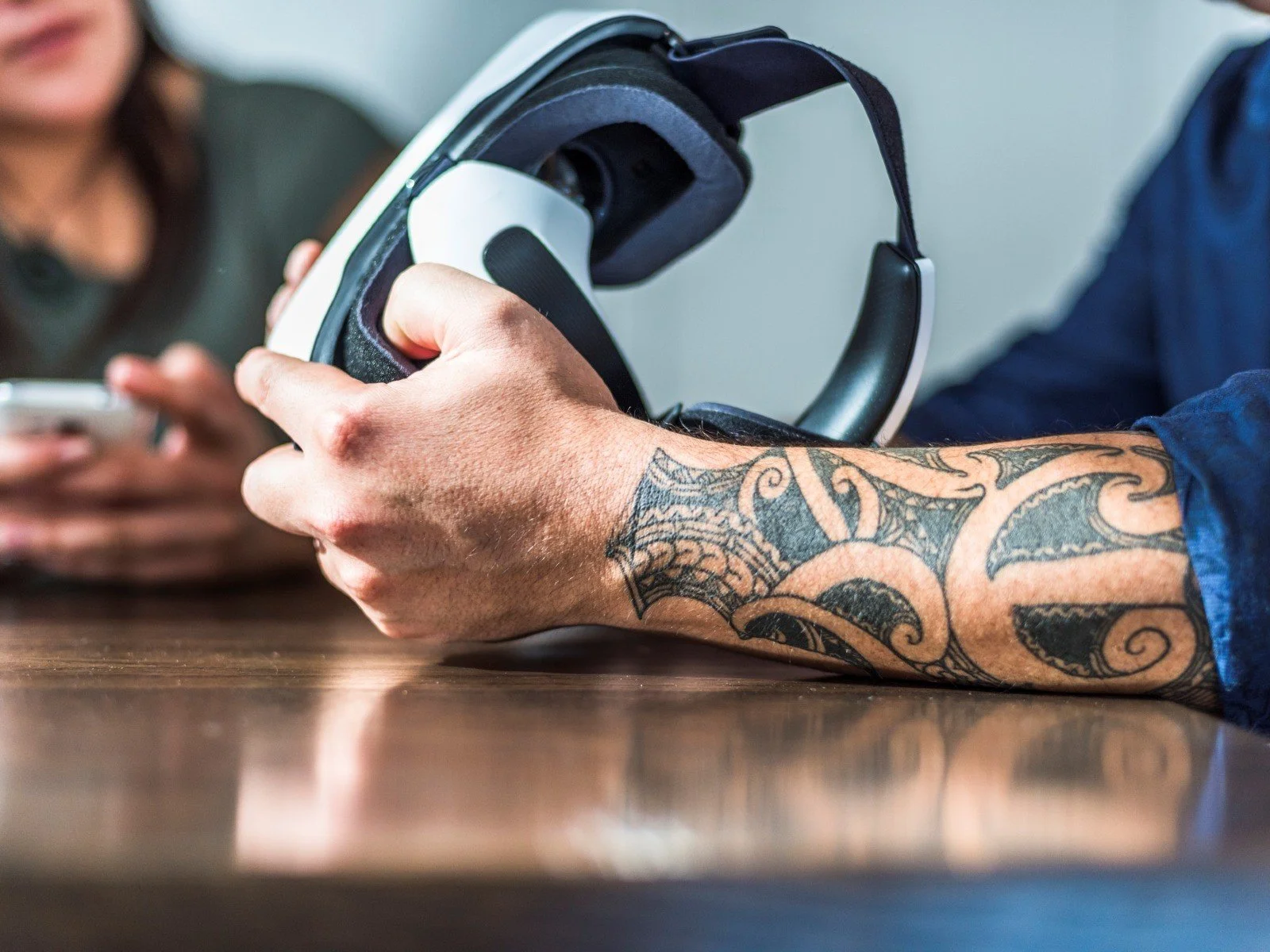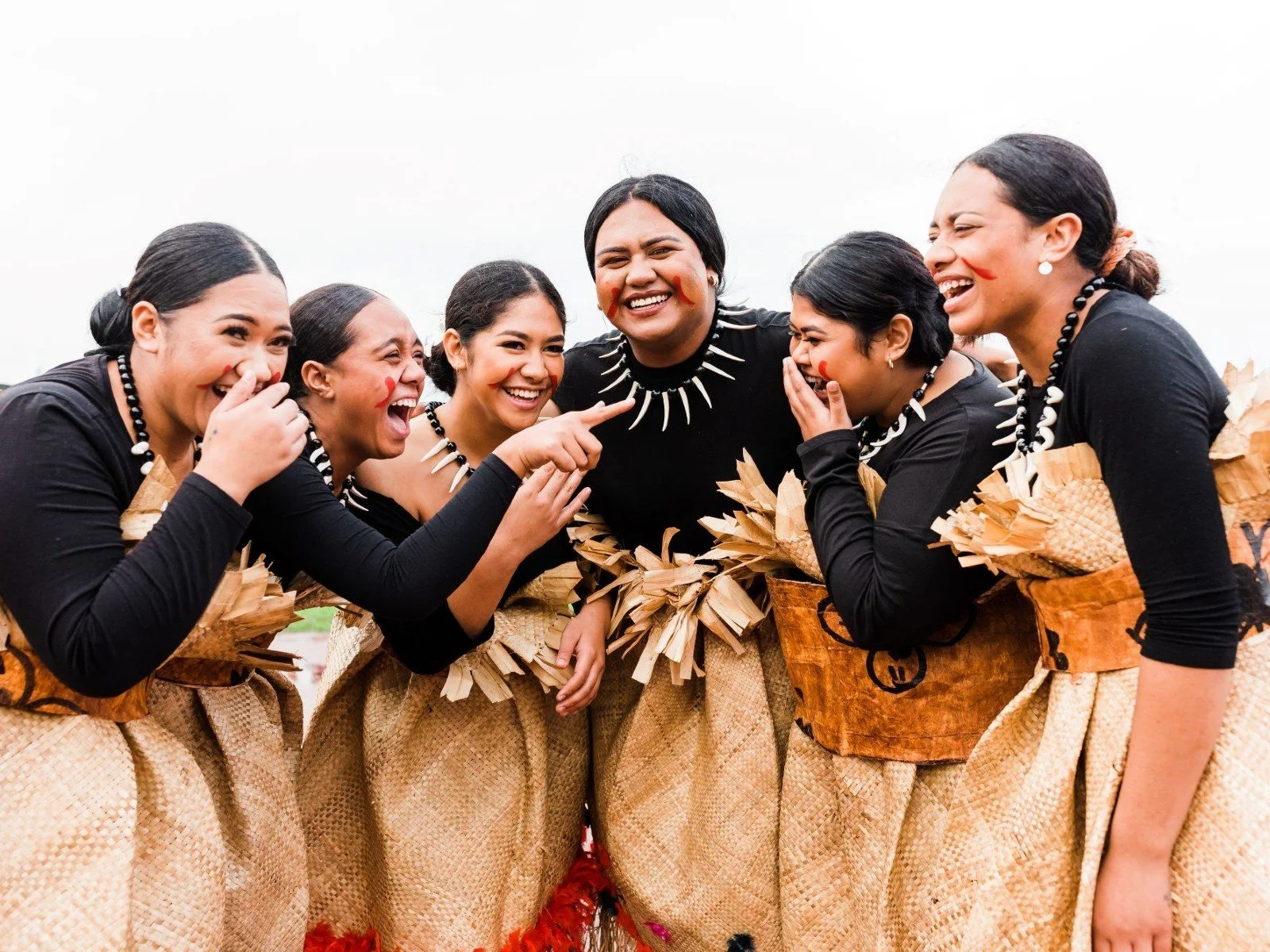
COMMUNITY
Who lives in Auckland
Auckland and rest of New Zealand population growth
Auckland’s population distribution by age and gender (2023)
Tāmaki Makaurau Auckland is a young, diverse and growing region. It is home to 34 per cent of New Zealand’s population.
Just over one third of New Zealanders - 1.8 million in 2024 - live in Tāmaki Makaurau Auckland.
Auckland’s population is younger than the rest of New Zealand’s, although like many western societies, it is ageing. Between 2018 and 2023 (Census years), there was an increase in the population aged over 65, and a decrease in those under 10. It has a working age population which proportionally exceeds that of the rest of New Zealand.
Auckland’s population has been growing faster than the rest of New Zealand’s for some time. While it saw an unprecedented decline during the COVID-19 pandemic, it grew again considerably in 2023 and 2024, fuelled by immigration.
Overall, the region now has more people than it did pre-COVID-19. The proportion of New Zealanders who live in Auckland is projected to increase further in the future.
-
In 2024, nearly 1.8 million people lived in Auckland, accounting for 34.0% of New Zealand’s population.
This proportion has grown slightly from 33.8% in 2023.
Auckland's population growth in the year to June 2024 was 2.4%, following 3.6% growth in 2023. In contrast, the rest of New Zealand grew at a slower rate of 1.3% in 2024 and 1.7% in 2023.
From 2014 to 2020, Auckland’s growth rate averaged ~2%, peaking at 2.4% in 2016. There was population decline of 0.5% in the years to June 2021and 2022 due to the pandemic, but growth has since returned.
The majority of Auckland’s population growth can be attributed to international migration, as 72% of the natural population (births - deaths) increase has been offset by negative internal migration.
Through internal migration, Auckland lost 8,200 residents, a 67% increase compared to 2023. This trend extends back as far as 2007.
Natural population growth in Auckland rose by 11%, while the rest of the country saw only a 1% increase.
International migration saw a net gain of 38,800 people, which is 24% lower than in 2023 (54,100).
-
Auckland's population consists of a balanced gender mix across various age groups.
Females slightly outnumber males in most age groups, particularly between 30 and 39.
Auckland has a young population compared to the rest of the country.
Most notably, only 13% of Aucklanders are 65 years or above whereas in the rest of New Zealand, this age group makes up more than 18% of the population
Additionally, 19% of Aucklanders are below the age of 15, compared to 18% in the rest of New Zealand.
The working age group (15-64) in Auckland is large (68%) especially compared to the rest of New Zealand (65%).
The most significant population concentrations are in the 30-39 age range. with 149,830 males and 153,050 females
Sources: Population, population growth, population age and gender – Infometrics: Regional Economic Profile. Average population growth – Age breakdown – 2018 and 2023 Census (StatsNZ)
Ethnic diversity
Auckland region population – census count
Tāmaki Makaurau Auckland has a vibrant mix of cultures, with over 40% of the population born overseas.
Auckland is one of the most ethnically diverse cities in the world and its demographic landscape is continually evolving.
With 180+ ethnicities in the region, there has been a marked shift from a predominantly European identity to a more multicultural ethos in recent decades. Auckland is also the world’s largest Polynesian city, with New Zealand’s largest Māori population and over 275,000 Pacific peoples.
-
Māori hold a special place in the identity and life of Aotearoa New Zealand through a partnership between Māori and the Crown under Te Tiriti o Waitangi/The Treaty of Waitangi (Te Tiriti). Auckland Council recognises 19 iwi authorities (mana whenua) in Tāmaki Makaurau Auckland.
In 2024, Tāmaki Makaurau Auckland was home to 24% of Māori in New Zealand, with an estimated 216,000 Māori residents, making up 12% of Auckland's population.
Auckland’s Māori population grew by 12% during the intercensal period (2018-2023), outpacing the rest of the population (5.4%).
In 2024, the proportion of Māori under the age of 15 in Auckland was 27.5%, well above the rest of the Auckland population (18%). Similarly, a much smaller proportion of the Māori population is aged 65+ compared to other ethnicities.
-
The 2023 Census showed that while the European population has seen a slight decline, there has been significant growth in the Asian and Pacific Peoples categories since the 2018 Census, highlighting Auckland's increasingly diverse demographic landscape.
The Asian population grew materially from 442,700 in 2018 to 518,000 in 2023, a substantial increase of 17.1% from 2018.
The Middle Eastern, Latin American, and African communities experienced the largest proportional growth among ethnic groups in Auckland, increasing by 24.8% from 2018, although this group remains the smallest with a population of 44,700 .
Auckland’s European population fell by 2.9% relative to 2018.
Census data reveals that between 2018 and 2023, the Pacific Peoples population in Auckland increased by 12.8%, rising from 244,000 to 275,100.
Auckland, in 2023, had a significantly smaller (49.8%) European population than the rest of the country (76.7%).
In 2023, 31.3% of Auckland residents identified as Asian, vastly exceeding the rest of New Zealand (10.3%).
-
Auckland’s Pacific population was estimated at over 300,000 in 2024, making it the largest Polynesian city in the world.
While Auckland is home to 34% of New Zealand’s total population, it is where 62% of New Zealand’s Pacific population resides.
The Pacific population in Auckland has grown at a faster rate than the rest of the Auckland population. As of 2023, 16.6% of Aucklanders identified with a Pacific ethnicity up from 15.5% in the 2018 Census.
The 2023 Census data shows that our Pacific population is very diverse, with large Samoan (49% of Pacific peoples in Auckland), Tongan (26%), Cook Islands Māori (19%), Niuean (9.3%), Fijian (4.7%) and Tuvaluan (1.6%) and Tokelauan (1%) communities.
The proportion of Auckland’s Pacific population born in New Zealand continues to increase – from 59% in 2013 to 64% in 2023.
Auckland’s Pacific population is also relatively young – 28% are under the age of 15 compared to 18% for the rest of the population.
Source: Ethnic diversity - 2018 and 2023 Census (StatsNZ). Population Dynamics - StatsNZ
Auckland Economic Monitor
A summary of key economic information about the region
Auckland’s economy: What’s changed?
Deep dives
Cost of living
Inflation reached levels not seen since the 80s in 2022 and remains above historical levels.
Investment & trade
Auckland plays a significant role in the country’s investment and trade landscape.
Auckland’s industrial employment areas
Trends over the last two decades.













